
Trench Mouth
Trench mouth was slightly less serious than the other two trench diseases, but clearly, would have caused wide discomfort. The causes of the disease lay in poor oral hygiene, stress, bad diet, lack of rest and heavy smoking. These causes lead to an overgrowth of malevolent bacteria in the mouth - bacillis fusiformis and borrelia vincentii. These bacteria attacked the gums, caused bleeding, ulceration and bad breath, and the resulting pain greatly affected swallowing, eating and talking. To treat this, doctors advised rest, proper oral hygiene, a reduction in smoking and a balanced diet.
Trench Fever
Lice were rife in the trenches of the Western Front. In itself, lice were a great cause of discomfort for the soldiers, and efforts were made to combat the spread of lice - for example, through the shaving of mustaches and head hair. However, lice also spread disease - specifically human body lice - and they were responsible for the spread of trench fever, a condition closely related to typhus. After infection, symptoms would manifest after about a week. Symptoms included severe headache and muscle pains. This would usually last about five days and the only effective treatment was bed rest. The disease was less serious than typhus, but often resulted in depression and up to 80% of men with the disease would stay unfit for duty for up to ninety days. Fumigation, laundry, regular changing of clothes and bedding and, later, some primitive pesticides were some measures that were used to combat the spread of the disease, but these methods could only be so effective.
Trench Foot
Trenches were frequently flooded and as a result, soldiers spent a lot of time with their feet exposed to the damp and the cold. Boots were not well insulated or waterproof and there was little prospect of drying out or regularly changing socks. After a while in these conditions, one’s feet become waterlogged and chilled, circulation deteriorated, blisters grew, nerves became damaged and eventually the skin would become infected by fungus. If this was not resolved, gangrene often set in. In the winter of 1914-15, over 20,000 British casualties were reported as a result. Sometimes, attempts were made to combat the condition; foot inspections were carried out and whale oil was rubbed into soldiers’ feet. The total recorded British cases of trench foot numbered 74,000 by the end of the war.
- www.cdc.gov/bartonella/index.html
- www.cdc.gov/disasters/trenchfoot.html
- Photo courtesy of Archives New Zealand by Flickr: www.flickr.com/photos/archivesnz/13975514774/


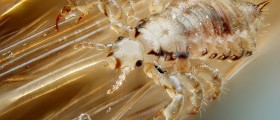
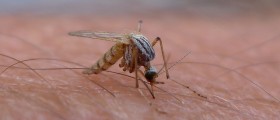


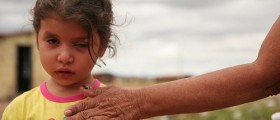

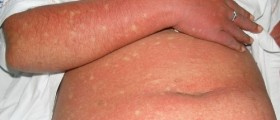




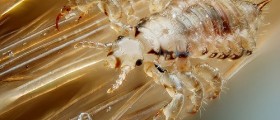



Your thoughts on this
Loading...